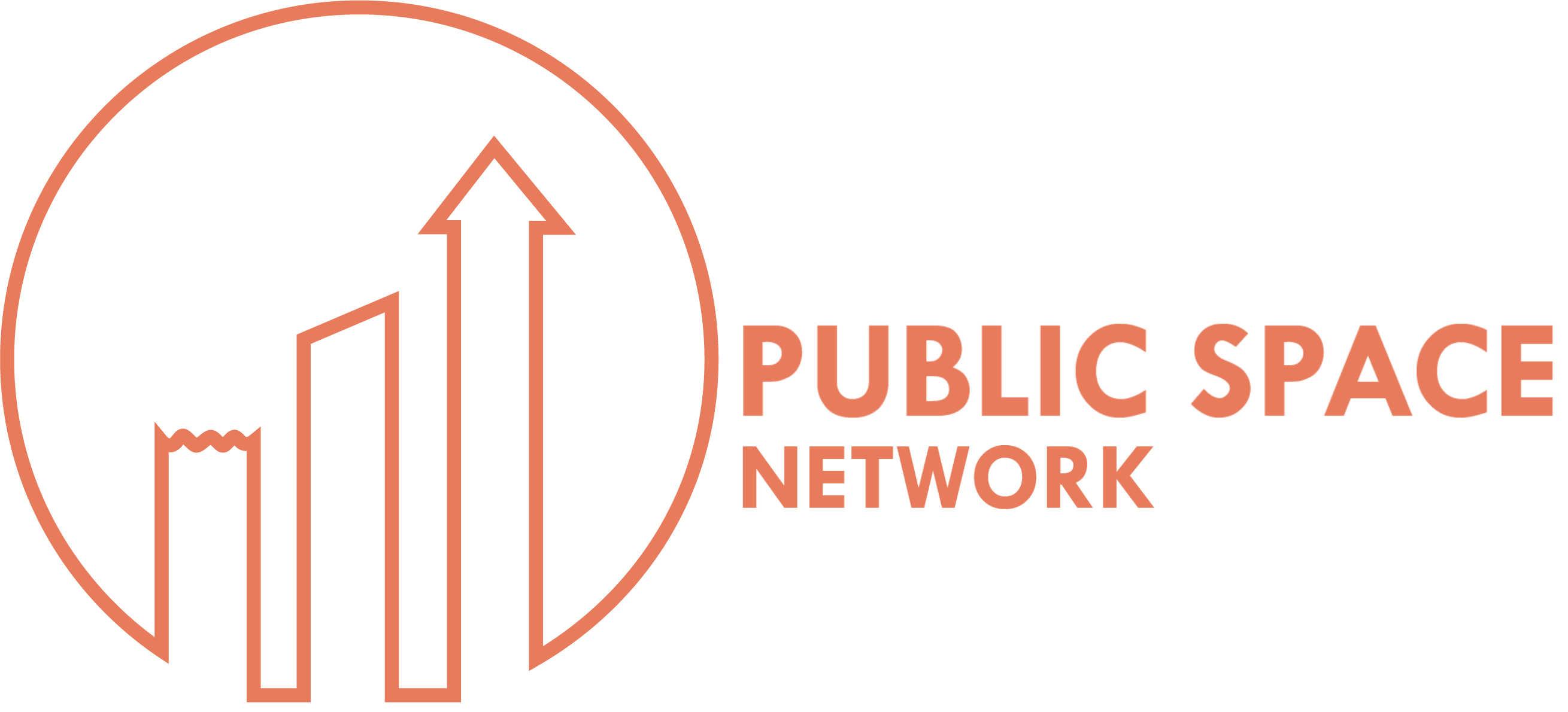Cool Waters Project
Cool Waters Project
What is this project about?
The Cool Waters Project empowers youth groups along Nairobi’s rivers to lead climate adaptation efforts in their communities. The project is designed to help riverine communities along the targeted sections of the Nairobi River, led by youth, to map potential climate vulnerabilities, design adaptation strategies and implement solutions with a focus on heat and flooding related risks
By equipping young people with technical skills, funding, and advocacy tools, the project strengthens local resilience to heat, flooding, and other climate impacts. The project is running from July 2024 to December 2026. The project is targeting the section of the Nairobi River running from Machakos Bus Station to the Dandora Waterfalls in Dandora Phase 4.

Cool Waters brings together young leaders and community members to tackle the challenges of climate change along Nairobi’s waterways. By combining local knowledge with practical solutions, the project works to reduce flood risks, improve access to safe, green spaces and strengthen the bonds between people and their river environment. It’s a collective journey towards healthier, more resilient neighborhoods for everyone who calls the river basin home.
What is the problem we are solving?
Urban riverine communities in Kenya are on the frontlines of climate change. Over the past decade, they have been disproportionately impacted by extreme heat and frequent flooding—hazards that are increasing in both intensity and frequency. Despite their vulnerability, these communities lack the resources and technical support needed to develop and scale effective local adaptation solutions. Moreover, their voices remain largely unheard in climate policy and urban planning processes, even though they hold valuable knowledge and lived experience. This project aims to change that.
What is our Theory of Change?
IF youth are equipped with the right knowledge, tools, funding, and platforms, they become powerful drivers of climate action. First, they can identify local climate hazards and lead the development of community-based adaptation plans. With the proper support, they can then implement sustainable, nature-based solutions (NbS) tailored to their environments. Finally, empowered youth can advocate for the integration of these local strategies into broader government adaptation policies. The result: stronger, more resilient communities along Nairobi’s river corridors.
What do we hope to achieve?
Riverine communities are able to assess and respond to climate threats. We will work with 14 different groups along the targeted sections of the Nairobi River.
Locally implemented solutions that reduce flooding and heat
Collective youth-led advocacy influencing government climate planning
A network of trained youth climate leaders and green entrepreneurs. Three different cohorts totalling 14 youth groups will be trained during the project period
New knowledge on the effectiveness and impact of implementation of different adaptation strategies
What are the key activities?
Climate Adaptation Academy: Youth training on heat, flooding, waste, and nature-based solutions
Youth-Led Hazard Mapping: Mapping flood zones and climate risks
Geo-Spatial Mapping: Detailed analysis of future flood zones and urban heat islands
Community Adaptation Plans: Designed by youth, based on local data and GIS modelling and expert technical review
Micro Grants: Seed funding for mature youth groups to Cohort
Technical Review: Evaluation of the youth-developed solutions
Who are we working with?
Primary Target Group
Youth groups along Nairobi River, categorized by maturity:
Mature groups: Strong structure and proven impact
Developing groups: Emerging capacity and commitment
Start-up groups: Early-stage but motivated
Secondary Groups
Institutions (8 targeted)
Government agencies (3 targeted at national and local levels)
Intergovernmental and civil society partners
Community members (1,500 directly engaged; 8,000 indirectly reached)
Want to Get Involved?
If you're passionate about youth and climate action, we could use your help in supporting:
Ensuring the resilience of the rehabilitated spaces
Collecting and documenting impact stories
Training CBOs in organisational development
Partner with us. Contribute your expertise. Champion inclusive cities. we want to hear from you.

_JPG.jpg)





_JPG.jpg)
